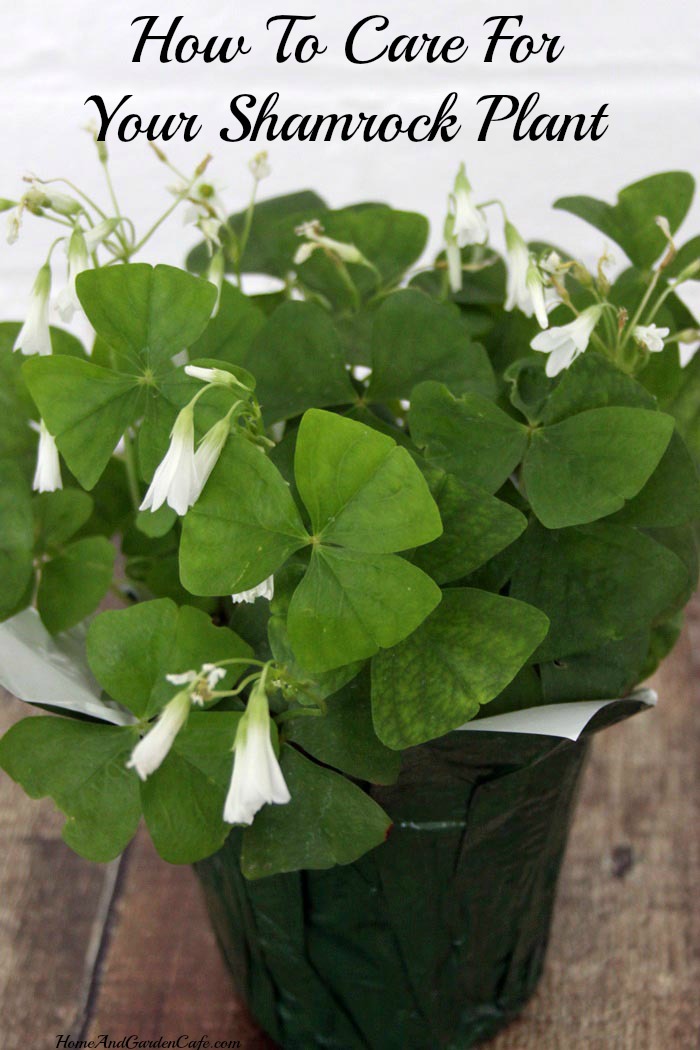How To Grow And Care For A Foamflower Plant
Foamflowers have become an increasingly popular choice among gardeners due to their unique and attractive characteristics. These stunning plants are known for their lush foliage and delicate but beautiful flowers - making them ideal for adding an extra touch of elegance to any garden or landscape. If you're interested in adding Foam Flowers to your outdoor space, it's important to know how to properly care for them so that they thrive and continue to impress year after year.

Plant Attributes
Foam Flowers (Tiarella spp.) are a popular herbaceous plant that's native to North America. They come in a variety of species, but all have lush, foliage that spreads across the ground or on tall, erect stems. This beautiful foliage forms a dense, groundcover-like mat that turns red and orange in the fall, adding a beautiful splash of color to your landscape. The flowers, which bloom in early to mid-spring, have a unique and showy shape that resembles a foam cone or spikes. Foam Flowers are relatively easy to care for, and they usually grow between 6-15 inches tall and 12-18 inches wide, making them a great choice for small gardens, borders or rock gardens. They prefer partial shade, moist but well-draining soil, and grow best in USDA hardiness zones 4-9.
Plant Care
When it comes to caring for your Foam Flowers, there are a few essential things you need to keep in mind. One of the most critical factors in successful Foam Flower cultivation is the right amount of exposure to sunlight. They typically do best in partial shade, where they can receive a few hours of direct sunlight each day. If the plant is exposed to too much direct sun, it can cause the leaves to scorch, and the plant can wilt and die. On the other hand, if it doesn't receive enough sunlight, it may not flower.
The soil conditions are also important when caring for Foam Flowers. It's crucial to keep the soil moist but not waterlogged, so too much watering is also not advisable. If your soil is not well-draining, you can add soil amendments to help it drain better. If your plant is in a container, make sure the pot has good drainage holes to avoid waterlogging.
Pruning
Pruning is essential to keep your Foam Flower plants healthy and looking their best. Regular pruning will help keep the plant compact and tidy while promoting the development of new blooms. When pruning, make sure to remove any dead or damaged leaves or stems to encourage growth and prevent disease. You can prune your Foam Flowers once in the spring following their bloom period or as needed throughout the year.
Propagation
Propagating your Foam Flowers is an excellent method to grow new plants and expand your garden. You can propagate them by seed or by dividing the plant. Seeding is the most common method of propagation that gardeners use, and it's relatively simple. Plant the seeds in a seed-starting mix and keep it moist until germination. Once they've grown past the two-leaves stage, transplant them to your desired location or container. Dividing the plant, on the other hand, is a viable option if you have an established plant. To divide, remove the plant from the ground or container and divide the root ball into several sections. Replant each section in a new location or container.
Potting & Repotting
If you're growing your Foam Flowers in a container, it's important to choose one that's wide and deep enough to accommodate the plant's root system. You should also make sure the pot has good drainage holes to prevent waterlogging. When repotting, select a pot that's a couple of inches larger than the current one to allow the plant to grow comfortably. Use a well-draining potting mix and water thoroughly for the first few weeks to help the plant acclimate to the new soil.
Common Pests & Plant Disease
While Foam Flowers are relatively resistant to pests and diseases, there are a few common problems to look out for. Some of the most common pests that can attack Foam Flowers include slugs, snails, and spider mites. To prevent infestations, ensure the plant is getting enough sunlight, and do not overwater. If you notice any pests, use insecticidal soap or neem oil to control them. Some of the most common diseases that can affect Foam Flowers include rust and powdery mildew. To prevent these diseases, avoid overwatering and ensure the plant gets enough sunlight and fresh air circulation.
Common Problems
Sometimes, Foam Flowers don't grow as expected, which can be frustrating for gardeners. Here are a few common problems and their possible solutions:
- No blooms: If your Foam Flowers are not blooming, it's likely that they're not getting enough sunlight. Make sure they're getting at least a few hours of direct sunlight each day.
- Wilting: If your Foam Flowers are wilting or drooping, it could be a sign of overwatering. Make sure the soil is moist but not waterlogged, and cut back on watering if necessary.
- Yellow leaves: If the leaves of your Foam Flowers are turning yellow, it may be a sign of too much water, lack of nutrients, or pests. Adjust the watering schedule or fertilize the plant with a balanced, water-soluble fertilizer. If there are no insects on the plant, it may be suffering from a nutrient deficiency.
With some patience and good care, your Foam Flowers can grow into healthy and beautiful plants that add a lovely touch to your garden. Follow the above tips, and you'll be sure to experience their full beauty and charm.




Post a Comment for "How To Grow And Care For A Foamflower Plant"